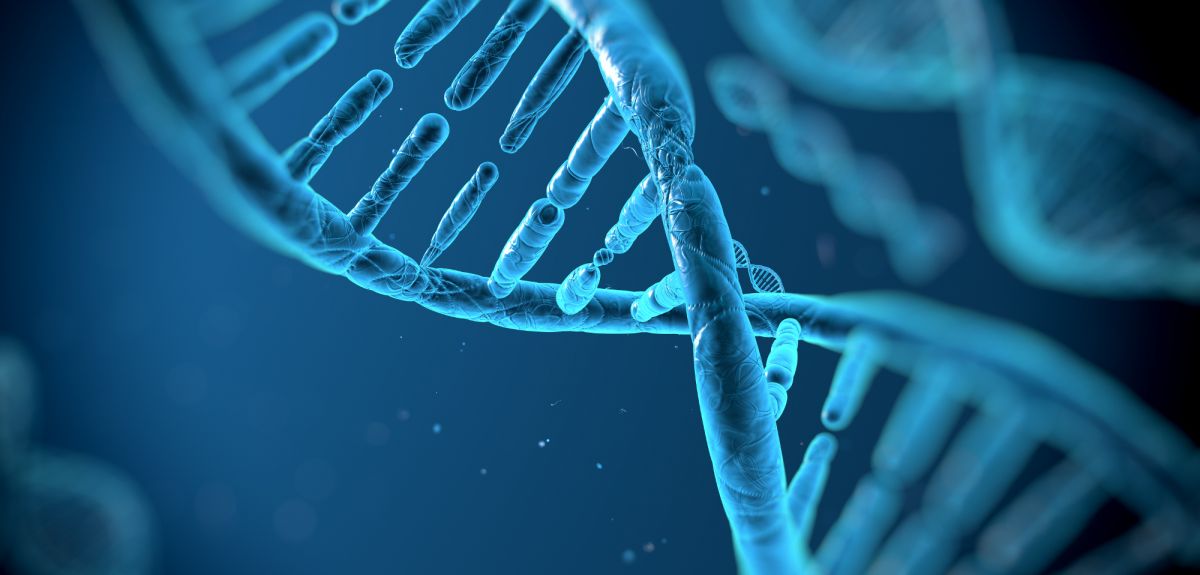
Image credit: Shutterstock
Researchers define new class of regulatory element in DNA
Researchers at the MRC Weatherall Institute of Molecular Medicine's Laboratory of Gene Regulation, led by Professor Doug Higgs and Dr Mira Kassouf, have published a study in the journal Cell, in which they reveal another piece of the puzzle of how the code in our DNA is read. In this study, the authors introduce the concept of “facilitators”, a newly identified type of non-coding DNA that can help to drive gene expression.
All of the cells in your body contain the same DNA. However, these cells are able to develop into over 200 different types and make up a variety of different specialised tissues such as the skin, the blood and the brain. DNA contains stretches of code called ‘genes’, which specify the features of each cell, and yet these genes only account for approximately 2% of all DNA in the cell. The remaining 98% of DNA has been shown to include regulatory elements that are able to influence the expression of nearby genes and therefore control how a cell develops.
One type of regulatory element in DNA is enhancers, which sit in between genes and are needed to switch genes on and off in different combinations, at different times and at different levels. Despite being discovered over 40 years ago, how enhancers work is still not fully understood. More recently, “super-enhancers” have also been identified, which are composed of teams of individual regulatory elements that work together to drive very high levels of gene expression.
It was previously thought that the individual elements of these super-enhancers might each carry out the same role. However, the authors of this study found that these elements actually have distinct roles and are able to work together to make the super-enhancer greater than the sum of its parts. In particular, this study identified a new kind of regulatory element, which the authors have named “facilitators”. These facilitators do not have any intrinsic enhancer activity but are able to help the classical enhancers do their job more effectively.
In this paper, researchers used a mouse α-globin super-enhancer as a model system to study the individual roles of its five constituent elements. Previous studies had suggested that this super-enhancer was composed of two classical enhancers and three inactive elements. Using a synthetic biology approach, in collaboration with Jef Boeke’s laboratory (NYU Langone Health), researchers rebuilt the mouse super-enhancer from the bottom up and tested a wide variety of different combinations of the individual elements. This way, they were able to show that these ‘inactive’ elements were really facilitators. The authors also reviewed past analyses of other super-enhancers and found evidence that these facilitators could be a common feature of super-enhancers.
Lead author, Dr Mira Kassouf said: 'In addition to the other known fundamental regulatory elements (enhancers, promoters and insulators) our new observations have identified a new type of regulatory element called a facilitator. As for the original three elements, it is likely that identifying facilitators and understanding how they work will provide new insights into the mechanisms by which genes are normally switched on and off and how this goes awry in human genetic disease.'
The full paper, 'Super-enhancers include classical enhancers and facilitators to fully activate gene expression', can be read in Cell.
 Cambridge victorious in Women's and Men's Boat Races 2025
Cambridge victorious in Women's and Men's Boat Races 2025
 Expert Comment: Ethical and legal challenges of uterus transplants in Mexico
Expert Comment: Ethical and legal challenges of uterus transplants in Mexico
 Oxford Humanities team delivers framework for tackling modern slavery and human trafficking
Oxford Humanities team delivers framework for tackling modern slavery and human trafficking
 Nearly 500,000 children could die from AIDS-related causes by 2030 without stable PEPFAR programmes, Oxford experts estimate
Nearly 500,000 children could die from AIDS-related causes by 2030 without stable PEPFAR programmes, Oxford experts estimate